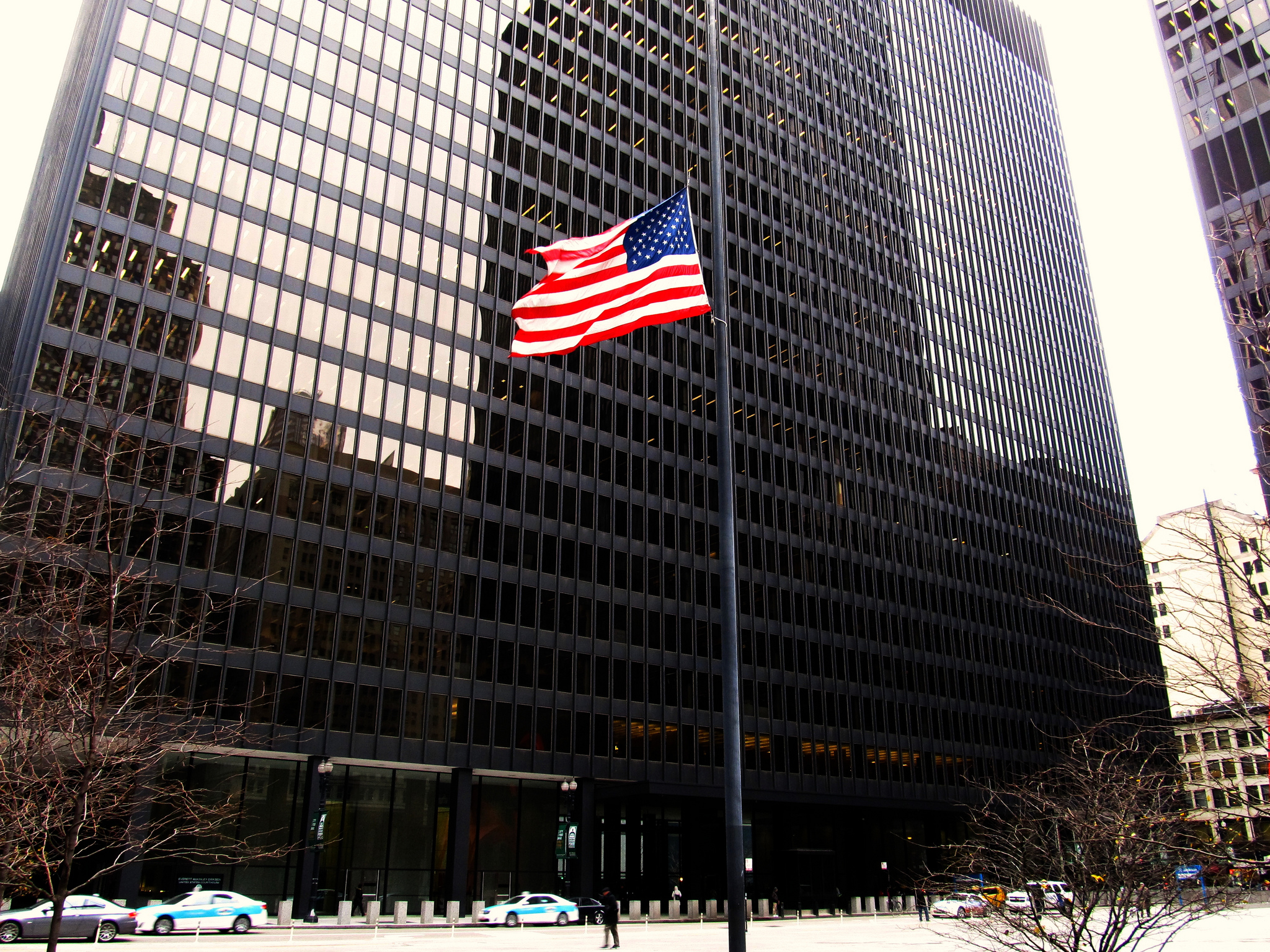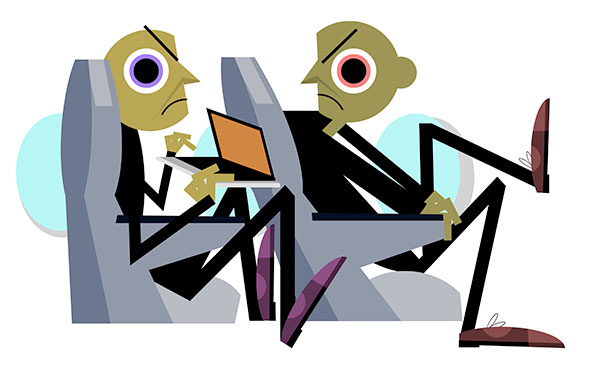Professors Christopher Buccafusco and Chris Sprigman (NYU School of Law) recently co-authored a piece for Slate magazine’s science section on what they term the economics of airplane seat reclining. “Who Deserves Those 4 Inches of Airplane Seat Space?” presents the findings from an experiment the pair ran to “measure how much people value the ability to recline compared to extra knee and laptop room.” Read an excerpt below:
Not since the Battle of the Somme has such little space been the subject of such intense conflict.
We refer to the fact that Americans are now punching each other on airplanes over 4 inches of space. Specifically, the 4 inches that a coach passenger gains—and that the passenger directly behind loses—when he reclines his seat a few degrees from vertical.
For the recliner, those 4 inches can transform a hellish flight into something fractionally less awful. But it also works the other way around. The guy behind the recliner loses the same 4 inches, space that might otherwise accommodate knees or a laptop.
It sounds trivial, and it is trivial, and we hope that everyone will agree that people who get in fights over airplane seats are idiots. But there are, apparently, more than a few idiots. Fistfights over the right to recline caused three flights to be diverted and forced to make unscheduled landings in a two-week period.
…
Views on the “right to recline” are divided, but both sides tend toward intensity. Slate’s Dan Kois has said that people who recline their airplane seats are “pure evil” and that reclining should be banned. But a lot of the people commenting on Kois’ article say he has it backward, that if you buy the seat you have the “right” to recline, and that people who complain about reclining are a pack of whiners.
We are split on this issue. Buccafusco doesn’t think that recliners are evil—but he does think they are misguided. Buccafusco suspects that recliners don’t get nearly enough pleasure from reclining to offset the suffering they’re inflicting. Sprigman’s intuitions are precisely the opposite. He enjoys reclining, doesn’t care if those in front of him do likewise, and maintains that people who complain about reclining need to get some perspective on what a real problem looks like.
If we disagree about the merits of reclining, we agree at least that dispassionate economics is more likely than righteous moralism to get us some clarity about whose preferences should rule. Economics is fundamentally concerned with precisely the sorts of questions involved in the “right to recline” debate: who should get to control scarce resources when people are competing over them.
…
Currently, the contested 4 inches seem to be given to the person sitting in the reclining seat. Josh Barro, writing in the New York Times, thinks that this is the correct distribution of the resource. His evidence? No one has ever offered to pay him money to not recline.
Urban Institute economist Donald Marron, on the other hand, believes that the resource should initially belong to the person in the rear seat—the reclinee. His evidence? People seem to be willing to pay for extra legroom—between 10 percent and 85 percent more, depending on the length of the flight and how far in advance the purchase is made, in the case of United’s Economy Plus seats.
So who is right, Barro or Marron? To find out, we ran an experiment to measure how much people value the ability to recline compared to extra knee and laptop room.
In an online survey, we asked people to imagine that they were about to take a six-hour flight from New York to Los Angeles. We told them that the airline had created a new policy that would allow people to pay those seated in front of them to not recline their seats. We asked one group of subjects to tell us the least amount of money that they would be willing to accept to not recline during the flight. And we asked another group of subjects to tell us the most amount of money that they would pay to prevent the person in front of them from not reclining.
Click here to read the rest of this post at Slate, where Buccafusco and Sprigman unpack the data from their experiment.




Leave a Reply